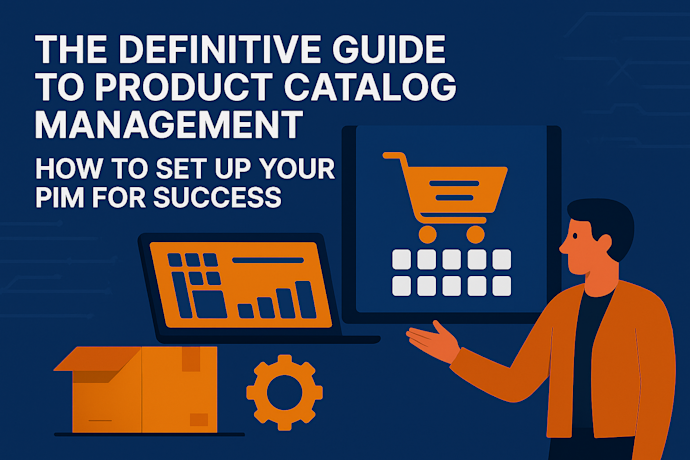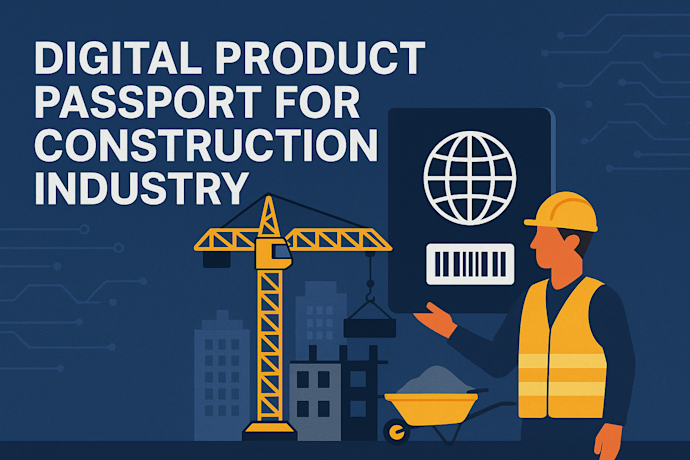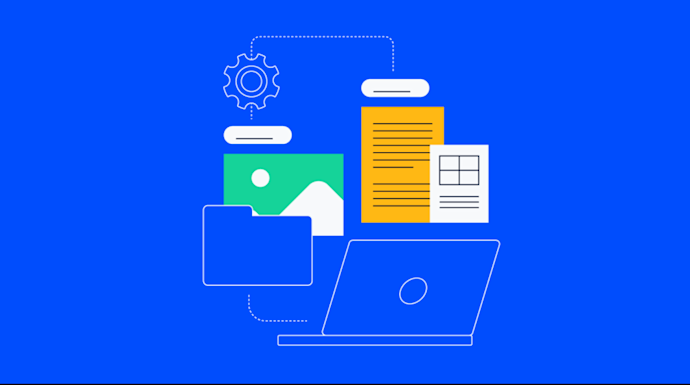In today's digital-driven world, ensuring accessibility in the online landscape is not just a legal requirement but also a powerful strategy for success. In this webinar, we explore the key facets of digital accessibility and its pivotal role within your modern e-commerce tech stack.
Inclusive Digital Strategies: Why Accessibility Matters
In this joint webinar by Hamari and Crownpeak, accessibility experts Matt Freeman and Fareed Patel explore the importance of digital accessibility, its business value, and the role of emerging technologies like AI in shaping inclusive online experiences.
What is Digital Accessibility?
Digital accessibility is about creating inclusive experiences where websites, apps, and digital content are usable by everyone, regardless of ability. The WCAG (Web Content Accessibility Guidelines) serve as the gold standard, recognised globally and integrated into legal frameworks like the ADA (US), AODA (Canada), and the upcoming European Accessibility Act (effective June 2025).
Why Accessibility is Continuous
Accessibility isn’t a one-off project—it must be embedded in design, development, and content workflows. With guidelines evolving (e.g., WCAG 2.2), organisations need a “shift-left” approach: build accessibility into the earliest stages and maintain it as technologies and customer expectations evolve.
The Business Case for Accessibility
Beyond compliance, accessibility offers tangible ROI:
- Expands reach to the 1.3 billion people worldwide with disabilities.
- Improves brand reputation and customer loyalty.
- Enhances SEO (Google indexes sites like a blind user would).
- Reduces legal risk, avoiding costly lawsuits seen in high-profile cases like Target and Domino’s.
Automation + Manual Testing Only about 30% of WCAG compliance can be covered through automated scans. The rest requires manual testing, such as evaluating whether alt text meaningfully describes an image. Both approaches are necessary for full compliance.
AI’s Role in Accessibility
AI is enhancing assistive technologies:
- Visual impairments – AI-powered screen readers and image recognition.
- Hearing impairments – Real-time transcription and captions.
- Speech impairments – Speech-to-text tools for easier communication.
- Mobility impairments – Voice assistants and predictive input tools.
While AI’s role in formal compliance is still emerging, it promises to improve user experience and accessibility innovation.
Key Takeaways
- Accessibility benefits everyone—good accessible design is simply good design.
- Start now: large-scale compliance projects can take significant time.
- Combine technology, process, and cultural change to meet both compliance and user expectations.
- For businesses, accessibility is not just the right thing to do—it’s a competitive advantage.
Offer
Crownpeak offers a free accessibility audit to help organisations assess and improve their digital compliance and inclusivity.


